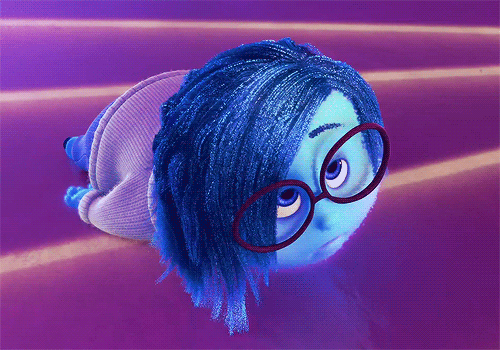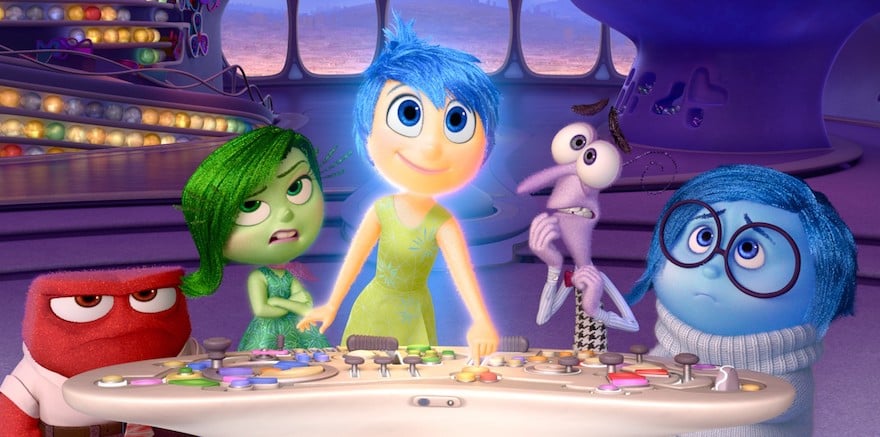One of my favorite films of 2015 thus far is Pixar Animation Studios' Inside Out. In the 20 years since the studio's first release, Toy Story, Pixar has become a household name in terms of delivering quality, imaginative animated films, with stories and scripts that cater to both children and adults alike. Typically whimsical in nature, Pixar's films have also always contained many true to life themes, such as growing up, the importance of friendship, and loss.
Inside Out proves to be no different, taking a clever approach into looking at the different parts of our mind that work together to make each of us unique, with a heavy emphasis on allowing various emotions to take equal part in our lives. In honor of the film's release on Bluray/DVD today, I thought it might be fun to look into the psychology of Inside Out, and see how well the film delivers on the ideas being presented to the audience.
This will try to be spoiler-free, but you'll likely get more out of it, if you've seen the film.

For anyone that hasn't seen it, Inside Out tells the story of Riley, a young girl coping with her family's recent move from Minnesota to San Francisco, under less than ideal conditions. While we see Riley during much of the movie, the majority takes place within her mind, where her various emotions have been personified into different characters — Joy, Sadness, Fear, Disgust, and Anger. Together they operate the "headquarters" of Riley, collecting and storing each of her memories as they occur, with the memory correlating to the emotion involved. Each emotion is visually representative of their role, from the dreary and sluggish Sadness, to the literal explosive nature of Anger.
Every emotion plays its part in Riley's life, according to the film, and the main conflict of the story occurs when Sadness accidentally "corrupts" some of Riley's happiest memories. To make matters worse, Sadness inadvertently drags Joy with her to Riley's memory bank, leaving her mind without the ability to feel happiness until Joy can find her way back.
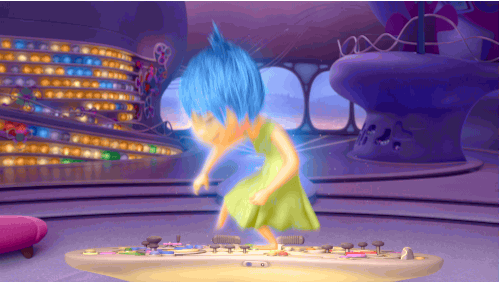
According to American University psychologist Nathaniel Herr, much of the exaggerated setup within Riley's mind, is actually fairly accurate when compared to Human Psychodynamics. In the film, the emotions store Joy's most crucial memories when she is sleeping and give less priority to more menial memories. For humans, this rings true as well — when we enter deep sleep, this allows our minds to "cement some of the most important memories for much longer."
Herr also suggests that the way our minds reframe events is also accurately reflected. Inside Outdepicts certain memories as sad, because Riley has stored the worst parts of a moment in her mind, when in fact the full event does contain some happiness within it. As humans we often hone in on one specific piece of a memory that affected us the most and can neglect the rest of it, which can potentially alter the way we treat that memory. Dacher Keltner, a psychologist who worked with the film's director, suggests that because the human memory is imperfect, it uses emotions to help with "reconstruction of the past", leaving the strong emotions to help shape it.
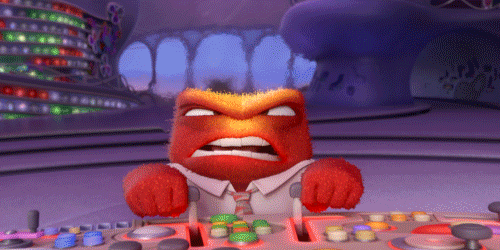
As the film progresses, Joy and Sadness continue to be away from Riley's HQ, leaving Anger, Disgust, and Fear in control of the external emotions that Riley displays. While comical in execution, these three emotions end up causing Riley to react in less than ideal ways, such as storming away from her parents during dinner. As the film was being created, Keltner felt this was necessary to highlight that emotions "guide us in our handling" of life. Reactions are often not rational, but instead serve as a reflection of the emotions we're feeling at that time.
One of the major conflicts of the film happens between Joy and Sadness. Joy is depicted as a control freak, but only because she has Riley's best interests in mind. She is completely aware that the other emotions exist, but does her best to keep them, especially Sadness, from creating memories that might become long-term and important to Riley. Being removed from Riley's HQ and being lost elsewhere within her mind, Joy is forced to relinquish control, and only then can see the positive impact that Sadness can have.
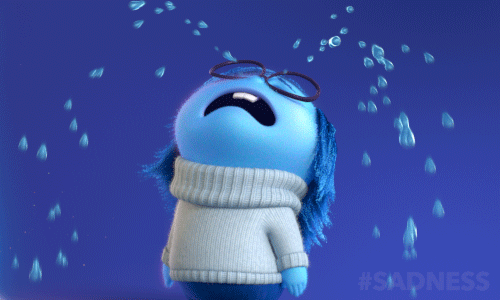
Clinical psychology Anita Sanz found this to not only be accurate, but the "most important thing" that Inside Out gets right. Today's society has such a strong focus on being seemingly happy, especially when it comes to extroversion and social activity, or the appearance of this, which we find on social media. Sanz believes that sadness, and being able to cope with it, is vital to being happy and healthy. Riley can only be happy and excited about her new home, after she acknowledges and processes her grief. Embracing times like these provide catharsis and allow us to grow and move on instead of bottling up emotions.
If there is any flaw to the psychology depicted in Inside Out, it seemingly comes from the way our imaginations are depicted. In the film, characters enter an extremely creative zone called "Imagination Land", which shows a lot about how Riley get's some of the ideas she has. However, according to a 2013 test, subjects were studied in an MRI scanner to research how and where the human imagination functions. While the film is able to create a tangible version, scientists have hit a complete dead-end — we really have no idea how and where it works.
As someone who loves film, Inside Out is an absolute treat. It fires on all cylinders when it comes to artistically portraying its themes and narrative, and is hands-down one of the most beautiful CG films to date. Still, it managed to capture me on a whole other level by taking a family film and layering it with endless levels of actually sound ideas about Human Psychology. Having spent nearly the last five years working with Traitify, I've grown to appreciate personality and psychology in ways I never thought I would, so it's very refreshing to see these concepts being embraced in a mainstream movie.
For more about Traitify and our other assessment, head to traitify.com.
